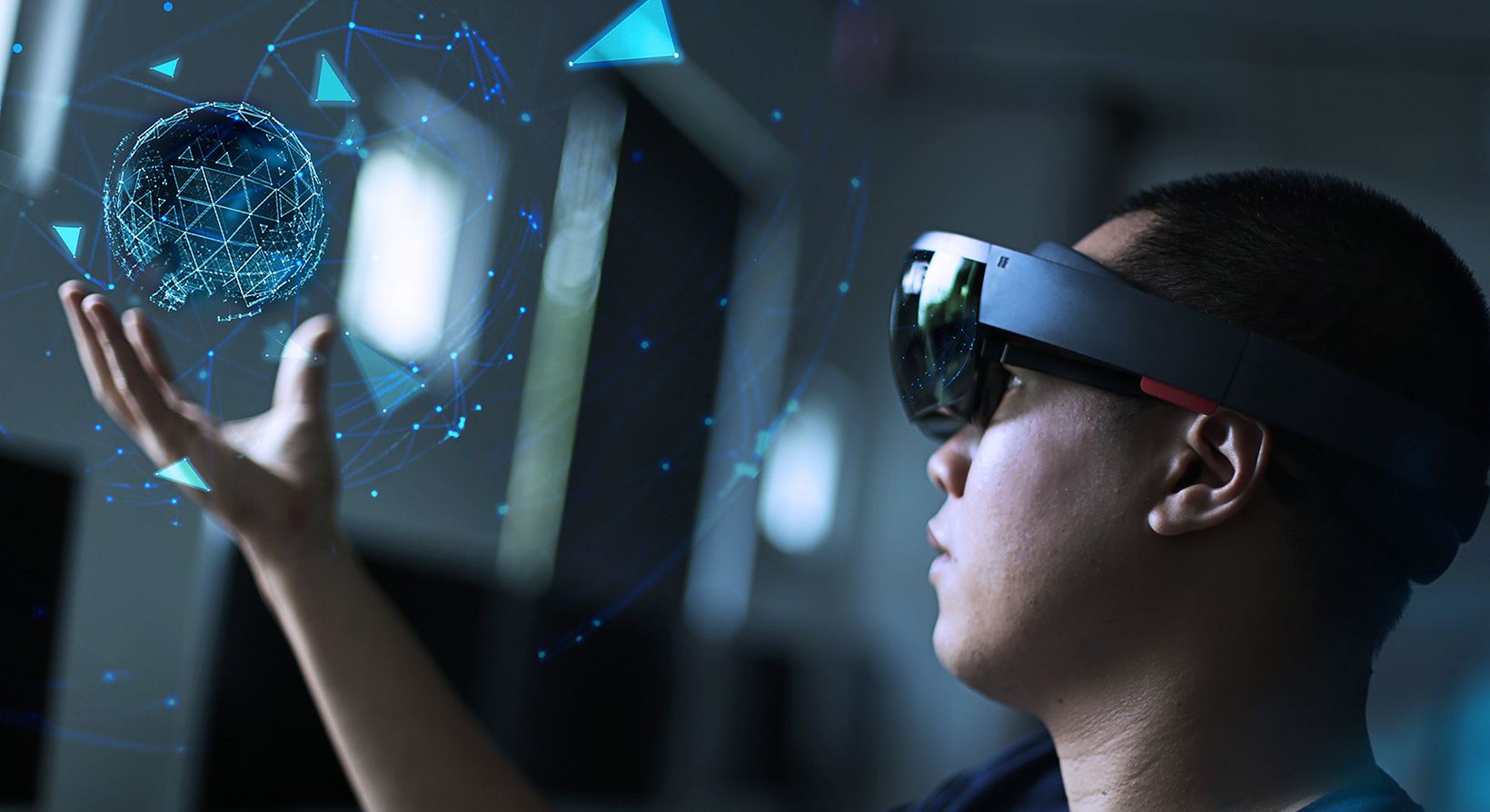The Three AI-Driven Innovations That Will Help Us Get Trained For the Near Future of 10 Years

The Three AI-Driven Innovations That Will Help Us Get Trained For the Near Future of 10 Years
We will look at the AI-driven strategies that will forge new directions from our pandemic fitness routines as we break into a new decade.

If 2020 was the year of the smartwatch, 2021 will be the year of autonomy in health. These key innovations and their facilitators are helping this along, appealing to consumers who want to be ‘less gadget-oriented yet still reasonably digital’. We look back at the AI-driven developments that have helped lock down individuals to look differently at health, and how these advances are a precursor to 2021.
Virtual Reality:
As VR was introduced into the mix more than eight years ago, the personal fitness industry was revolutionized. We’ve seen gamified fitness since then, but what about physical gaming? In April 2020, Oculus welcomed Mystical, a cardio-heavy, on-demand fitness adventure. The game offers customized full-body workouts and specialist coaching from real-world trainers regularly.
Sweat to famous artists’ music and visit gorgeous photorealistic landscapes. With the companion app, it lets you track your progress, pair the heart rate monitor, schedule workouts, and follow friends for some friendly competition.

The most readily recognizable feature of Virtual Reality is the head-mounted display (HMD). Human beings are visual creatures, and the single biggest difference between immersive Virtual Reality systems and traditional user interfaces is often displayed technology. Automatic virtual environments from CAVE, for example, actively display virtual content on room-sized screens. Although they are enjoyable for individuals in universities and wide laboratories, the wild west is the consumer and industrial wearables.
The future of wearables is unfolding but yet unknown, with a multitude of emerging hardware and software options. Concepts such as the HTC Vive Pro Eye, Oculus Quest, and Playstation VR are leading the way, but with new levels of immersion and usability, players such as Google, Apple, Samsung, Lenovo, and others may also surprise the industry. Whoever comes out ahead, when it comes to Virtual Reality technologies, the ease of buying a helmet-sized device that can work in a living room, office, or factory floor has made HMDs the focus.
What do we see taking place in 2021? Whether you want to have your trainer hold you accountable or compete with friends, experiences like Supernatural will channel more social experiences into their repertoire.
Augmented Reality:
As a tech class, Augmented Reality is not as daunting as its great sibling, Virtual Reality. AR has found its way into several home workouts because it feeds back real-time data on what is going on when working out in the user’s body, as well as helping to monitor how far they have come. Admittedly, though enjoyable, an AR exercise routine will take an additional degree of commitment upfront to help individuals power through the difficult first stages before exercising feels rewarding on their own.
Augmented reality is used to boost natural conditions or circumstances and to deliver interactions that are perceptually enhanced. The knowledge about the surrounding real world of the consumer is interactive and digitally manipulated with the aid of advanced AR technologies (e.g. incorporating machine vision, integrating AR cameras into mobile applications, and object recognition). Knowledge is superimposed on the real world about the environment and its objects.

Via third-party apps such as Race Yourself, AR glasses such as Google Glass have become a virtual friend to users, enabling users to keep track of time, distance, and calories with a fast look at the Glass screen, all very helpful for even the most inexperienced runner. There are even some built-in scenarios in the app, including racing against giant boulders, zombies, flames, virtual buddies, and even an oncoming train.
Love to work in front of the mirror, but without the wearable hassles? Mirror, an AR-fuelled ‘almost invisible home gym’ acquired by Lululemon in 2020, offers more than 50 genres of 5-60 minute classes from absolute beginner to advanced levels. Advanced camera technology and patented algorithms help to provide in-workout modifications based on the objectives, interests, and personal profile of the user.
ChatBots:
In applications such as Nike Training, Cure. Fit and Sense Bio, you might have encountered fitness chatbots. Based on intensity level, these AI bots, direct users, through various workouts and also include a suitable diet chart to be followed according to the selected fitness target. By sending tips and suggestions as per the monitored performance analytics, intelligent chatbots can also help optimize personal performance.
What are the Chatbots’ Benefits?
1. Increase the conversion rate of their website. Advertisers are doing a lot of work to push traffic to their website, just to convert traffic between 0.25 percent and 1.0 percent.
2. It would be great if we could speak to every lead and guarantee that they are a good match before we schedule a meeting. Generate more eligible leads. In fact, for most organizations, that’s difficult to do on a scale. To perform lead qualification and boost sales acceleration, Bots may help use advanced qualification logic.
3. Fight Customer Churn-Bots are a perfect response to requests for high-volume help, especially where customers are dissatisfied with standard knowledge bases that are difficult to sift through.

A sample of chatbots from Artbot.AI
In the messenger marketing/fitness crossover, one such app, Fit N Easy, has done well. In this sub-industry, the firm began trying to break through the noise. Creator Austin Witte discovered via his Instagram account that personalized and real-time engagement would help engage his audience. Favored by a variety of global startups, ManyChat became the go-to of Fit N Quick.
To me, Flow Creator [by ManyChat] was a game-changer. It’s hard to deliver a customized message when you have hundreds of thousands of subscribers. The features of ManyChat ensured that my subscribers had a true, personalized experience,” Austin said in a previous interview.
A chatbot server built with gym owners, workout equipment, and fitness trainers in mind, Artibot.AI. This allows you to create a chatbot that can schedule a client workout session, enable them to pay you in advance, and also provide any personal data you need.




